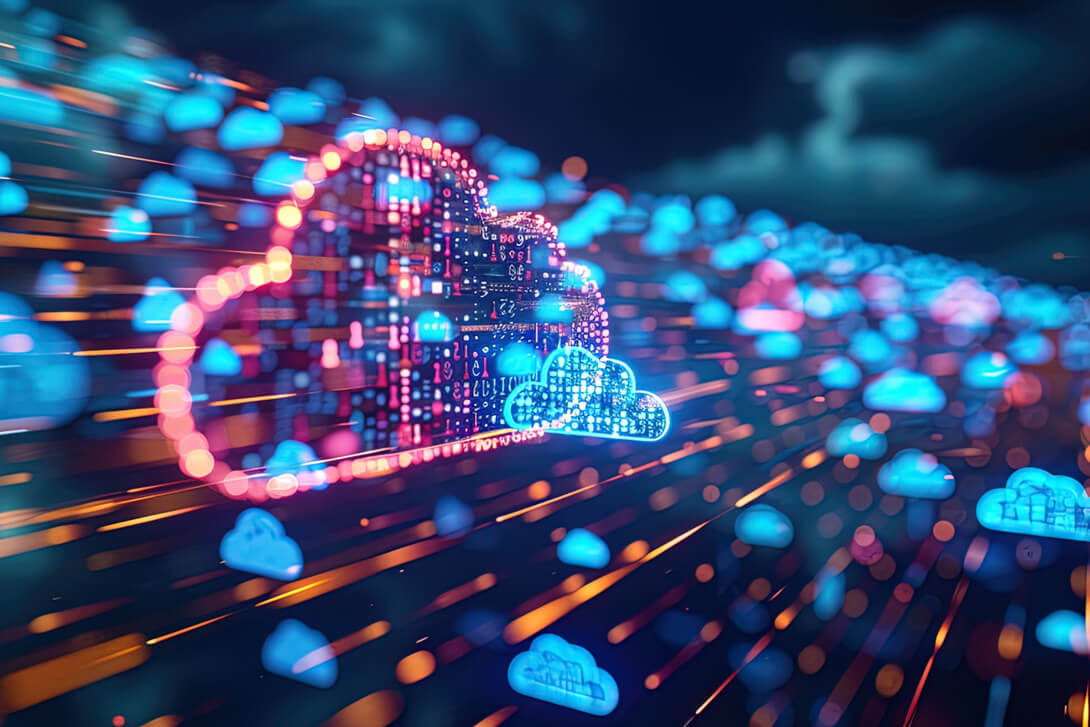Future of Cloud Computing in 2020
The idea of ‘Cloud Computing’ and ‘Cloud Storage’ has created an initial hype and excitement around the world. Every enterprise requires cloud services in one or the other form to run their day-to-day business activities. Amazon was the first to launch web services and the rest followed suit. Now the discussion on cloud technology is restricted to the benefits of decentralized systems. Enterprises know that cloud technology has immense benefits, but many are confused with its usage. Then there is the fear of cloud security too, but with the increase in advanced security layers in the storage areas, enterprises have achieved confidence to use it. Looking at the increasing number of trends in the technological sphere, the future of cloud computing in 2020 is poised to undergo a massive development and change.
Cloud Computing in 2020
Initially, the enterprises were of the view that the web was for tying with the physical items into the cloud and for acquiring more functionalities. Take for example Nest, which is a smart thermostat machine that uses cloud computing for its work. The cloud computing analyzes and responds to the heat and cooling trends depending on the home atmosphere. This product is aimed at reducing the power and gas bills thus making the consumer feel that they are contributing to reduced consumption of energy. But some incidences related to cloud security and the network-enabled accessibility components for hackers have resulted in it getting negative reviews and some hesitation by the consumers to purchase it. This is precisely the reason why enterprises have to focus on back-end cloud computing techniques.
Blockchains
The blockchain movement will result in some major opportunities to be offered in cloud computing by the year 2020. Many task accomplishments include activities like bringing the server into the cloud and enabling data analysis on the cloud in a better way. The Crypto provides a range of powerful tools to regulate the economic systems in a decentralized way until the year 2020. This is going to be the main focus of the cloud computing concept. In Ethereum, a central protocol permits the launch of ICOs. There is more updating within the storage space in the case of Ethereum with cloud-related ICOs. There are a few high listed blockchain applications for cloud computing that will get associated cryptographically in order to secure the third party data.
The New Leap by Quantum Computing
There is no doubt that there will be a leap in the efficiency of computers in the upcoming years. This will be solely possible due to hardware improvement through Quantum computing. The information can be processed at a rapid rate by the PCs and servers due to the concept of Quantum computing when compared to the current standards. This efficiency will prove to be beneficial to cloud computing trends and technology because it is dependent on the speed of network systems. The processing of blockchain transactions will lead to a decrease in the consumption of power and electricity. This will be possible because of the importance of cloud storage that will lead to decreased power consumption even though there is a massive amount of computing tasks. The consumers will be in for benefits with decreased monthly energy bills. This development will result in positive changes socially, economically, and environmentally. Thus the future of cloud computing in 2020 is going to take us by surprise.
Cloud Security Has Been the Biggest Challenge for Enterprises
The cloud service providers like Microsoft, Amazon, and Google will have to deal with more complex challenges of information security. They have a hired team of experts, who completely focus on the protection of data over the cloud. There are also the cloud security providers in the market to help enterprises to add more protection layers to the existing security system. CloudCodes is one such Cloud Access Security Broker (CASB) provider that offers its customers advanced cloud information security in addition to real-time tracking of the user activities.

